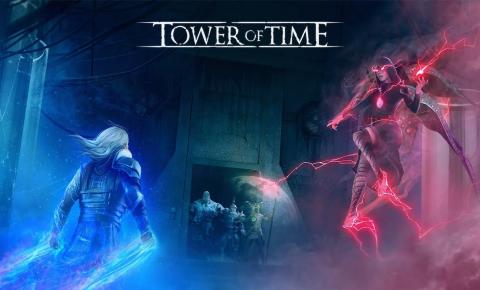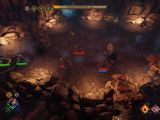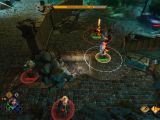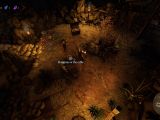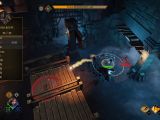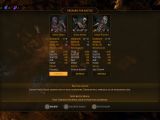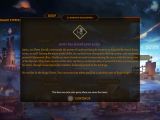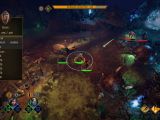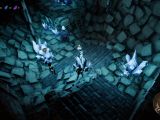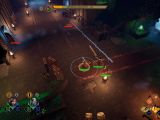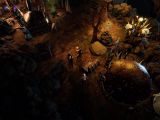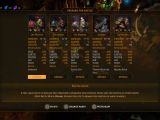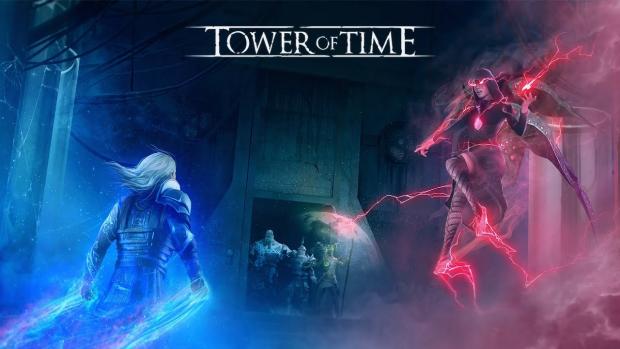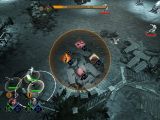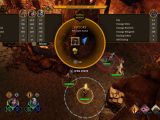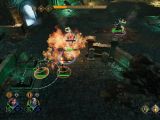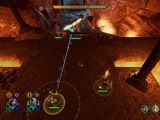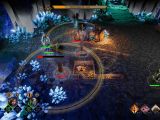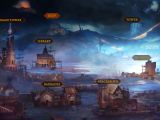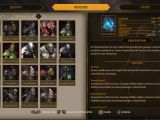Tower of Time cannot be considered a new game since it was released two years ago for PC. Now the console players have the chance to discover for themselves the secrets of this mystical structure, in a classic RPG with rich and complex turn-based battles. Is it worth the time to follow the mysterious voice into the depths, or is better to leave bygones be bygones?
If you already played the game on PC there are no surprises here for you. Tower of Time takes you to the fantasy lands of Artara, a once lush world, which fell to an ill fate after a never-ending war. Driven by the belief that the mystical structure, which’s top is buried deep underground, will bring salvation, a young commander takes a leave of absence of the battlefield and sets up an expedition to uncover the secrets hidden in the deep. This return, after an attempt to explore the tower during his childhood, is supposed to bring the long sought after answers not just about the past, but also about the future of Artara.
A first major twist in the plot is that the hero everyone expects to play the main role takes on a secondary, advisory position. After taking a seat on a mysterious throne, he discovers that he can communicate with the mysterious entity which inhabits this haunted place. As a result, he sends forth a couple of his warriors, while he remains on the throne to guide them in their perilous journey. Soon the party will gain new members by recruiting other adventurers encountered through the levels leading ever downward. Although you will meet many colorful characters, you will be able to choose only four members for your party, the others being left to enjoy the safety and comfort of the nearby town, serving as a headquarter.
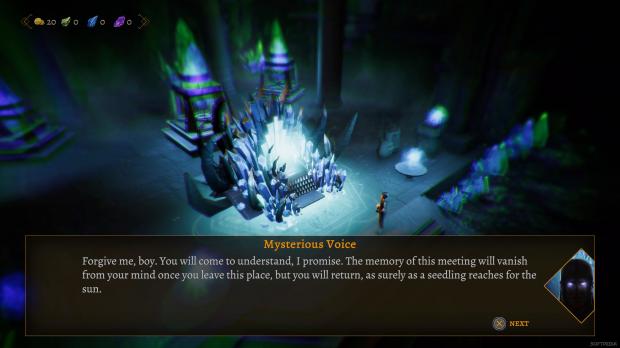
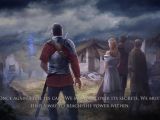
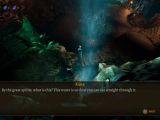
This central hub which reminds us mostly of classical RPGs consists of a list of locations that you can visit like the castles from the Heroes of Might and Magic series. In these facilities you can enhance your party members and upgrade their equipment, you can learn new spells or modify the ones you already know. You can also upgrade the buildings themselves so you can further the knowledge of your heroes, using the resources gathered in the levels. When you are done, you can select your party and return to any previously visited teleportation device from the tower.
Thanks to these teleporting devices placed with generosity, the party can be changed quite easily and you can choose new members you consider better equipped to handle the dangers. Each confrontation turns into a mini arena, where your heroes have to use any tactical advantage they can to best the often overwhelming number of foes. The basic attacks are automated and executed independently when the opponents get in range, but any advanced moves like using magic or special abilities are up to the player. Next to the positioning of the different heroes, based on their role, it is also important to have good management of the resources like mana or action points. Being a turn-based system you have plenty of time to plan your moves and it is better to tread carefully and plan ahead.
Especially because, for an unknown reason, the developers decided to remove the alternative slow movement speed available in the PC version. The adaptation of the control scheme from mouse and keyboard to controller remains in general a questionable one. For example to access the character tab you have to press L1 to bring up a radial menu, navigate it with the right analog stick and then select it with X. This is a very bizarre command choice and really uncomfortable since it is impossible to execute using just your right thumb to maneuver the stick and press the button. By taking advantage of the touchpad, these inconveniences would have been solved. Also, the control is not actually precise, so on the battlefield, you can make some annoying mistakes when it comes to positioning your heroes.
Being an RPG, not just the battles are important, but also the evolution of the characters. The moral evolution is determined by dialogues that you can choose to influence with a kind of mind control, an ability granted to you by the throne you sit on. This meddling may influence either positively or negatively your relation with your heroes, determining the outcome of several situations, and thus conferring replay value to the game. Based on these decisions you can also gain new items, but you have to keep in mind that there is always a price to pay. Regarding the evolution of the abilities of the characters, Tower of Time throws at us another curveball abandoning the concept of experience points. Instead, you will collect gold, crystals, and schematics, which can be used in the aforementioned town.
By searching high and low for these resources you will come across some puzzles and secret areas that yield unexpected rewards. Another way to get better items and special rewards is to complete the additional challenges in battles. These range from destroying portals to protecting mana orbs or confronting bosses several levels above you. This optional challenge is worth taking into consideration, even if they require a bit more effort. Thankfully the challenge is more than manageable thanks to the five difficulty levels you can choose from and the possibility to save almost anywhere and anytime.
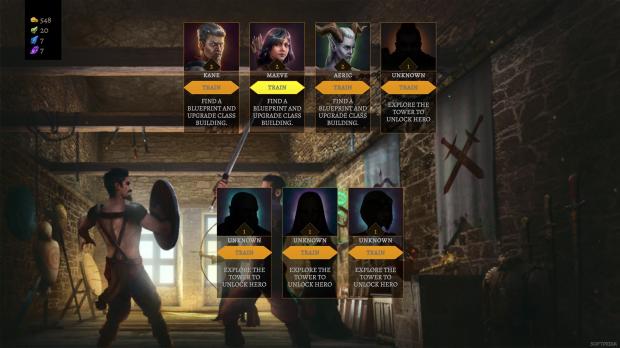
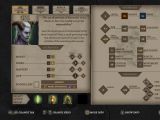

Unfortunately not just the control scheme lacks, Tower of Time suffers from several technical shortcomings. The frame rate has some serious drops, which are unexplainable if we look at the overall visual presentation. The game does not look bad but is far from what I would call beautiful or detailed. The camera controls are also limited, making it tedious to navigate some of the scenes. The long loading times were made even worse by a patch released shortly after the game officially launched. Instead of fixing problems, it proved to be a real catastrophe leading to freezes and graphical downgrade, sound problems, and other technical issues.
The Good
- Tactical depth of combat
- Multiple ways to unfold of the story
- High replay value
The Bad
- Faulty control scheme
- Several technical issues that cause frustration
Conclusion
All these issues are proove of a poorly done port, of a game that would have deserved more, but feels thrown together by people with limited to no experience with consoles. The technical problems chip away severely at an RPG that shines on PC thanks to its fantastic atmosphere, the interesting story with colorful characters and innovative game mechanics.
Unfortunately, the console version paints a different picture: the game’s charm and strengths are overshadowed by the poor technical execution. The release of a patch that just makes things worse can be an oversight, but it is still a severe one that further damages the experience. If you are looking for an RPG that dares to implement change and has a novel approach to the genre, Tower of Time has lots of potentials, but wait until all the issues are fixed.
 14 DAY TRIAL //
14 DAY TRIAL // 